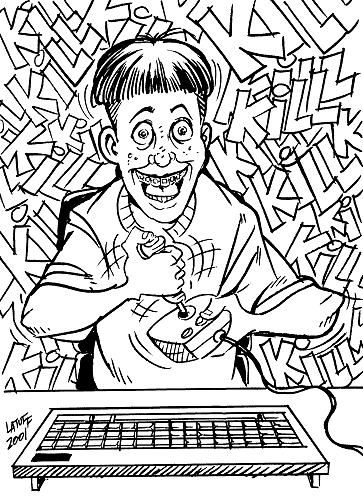 Donald Trump and Hilary Clinton are the two most popular candidates
and are now debating to gain the influence of Americans voters to be the next
leader of the United States of America. Trump is famously known as the billionaire
who branched off his father’s “small loan” of one million dollars and believes
that he can change America to the better with his expertise in business. Hilary
who has been actively been a part of politics by being the Senate, but also
lived as common citizen unlike Trump who his family was very wealthy from the
start.
Donald Trump and Hilary Clinton are the two most popular candidates
and are now debating to gain the influence of Americans voters to be the next
leader of the United States of America. Trump is famously known as the billionaire
who branched off his father’s “small loan” of one million dollars and believes
that he can change America to the better with his expertise in business. Hilary
who has been actively been a part of politics by being the Senate, but also
lived as common citizen unlike Trump who his family was very wealthy from the
start. 
Trumps purpose when he wins the election is to stop the
losing jobs in America because he believes that many big corporations are
fleeing to other countries to get a bigger profit, so Trump will aid the
companies who are still in America by reducing taxes and regulations. Trump
also believes with the tax cut for the wealthier class in America will help the
U.S economy enormously and will increase the jobs available for citizens. Hilary
believes that aiding the middle class will increase the creation of jobs and
improve the economy and by taxing more on the wealthy to also help the issues
in the US. Hilary will also help reduce college debt to help persuade more
Americans to go to college and with her plans it will help overall Americans
unlike Trump who focuses on companies and the wealthy.
 The candidates’ audience differ, Trump is trying gain the
votes of the wealthy with his new plans which gives the higher class Americans
an advantage. While Hilary is supporting the middle class, which makes up most
of the US and her actions will help America significantly. Topics on debate are
jobs and taxes and many of views in audience will be influenced by either Trump
or Hilary’s arguments and from the arguments from the two candidates many of
the wealthy will favor Trump while many lower class will favor Hilary. The candidates
used logos as their main point of persuasion and Trump and Hilary gave out many
facts of how their plans will change America for the better.
The candidates’ audience differ, Trump is trying gain the
votes of the wealthy with his new plans which gives the higher class Americans
an advantage. While Hilary is supporting the middle class, which makes up most
of the US and her actions will help America significantly. Topics on debate are
jobs and taxes and many of views in audience will be influenced by either Trump
or Hilary’s arguments and from the arguments from the two candidates many of
the wealthy will favor Trump while many lower class will favor Hilary. The candidates
used logos as their main point of persuasion and Trump and Hilary gave out many
facts of how their plans will change America for the better.
Overall, both candidates provided well needed answers for
all the questions, but Hilary seemed to be more focused on topic at hand
instead of Trump who repeatedly interrupted Hilary and send rude comments. The candidates
had a strong structure argument, but they often went off topic and continue
after time was done, which made the candidates to appear more childish than
they should’ve been. Trump and Hilary have very valid reasoning to improve
America and had many logical plans to aid the people.


